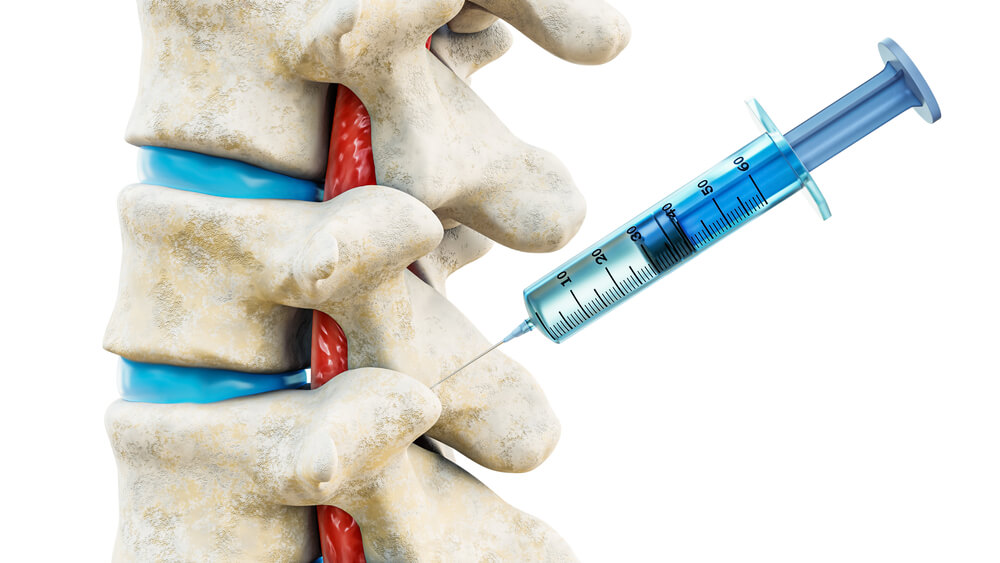Facet Joint Injection
Facet Joint Injection
A facet joint injection is a medical procedure used to diagnose and treat pain stemming from the facet joints in the spine. These joints, located between the vertebrae, can be a source of back and neck pain. The procedure involves injecting a combination of local anaesthetic and corticosteroid medication into the facet joint. Here’s what you can generally expect during a facet joint injection:

Before the Procedure:
- Evaluation: Your healthcare provider will assess your medical history, conduct a physical examination, and order imaging studies (such as X-rays or MRI) to identify the source of your pain and determine if facet joint injections are appropriate.
- Discussion with Healthcare Provider: Your healthcare provider will explain the procedure, discuss potential benefits and risks, and answer any questions you may have.
During the Procedure:
- Positioning: You will typically lie face down on an X-ray table to allow proper access to the targeted facet joint.
- Anaesthetic Application: The skin and underlying tissues near the injection site will be numbed using a local anaesthetic to minimize discomfort.
- Fluoroscopy Guidance: The procedure is often performed under fluoroscopy (real-time X-ray guidance). This helps the healthcare provider visualize the anatomy and guide the needle precisely to the facet joint.
- Needle Insertion: A thin needle is inserted through the skin and directed to the facet joint.
- Contrast Dye Injection (Optional): A contrast dye may be injected to confirm the needle’s accurate placement within the facet joint.
- Medication Injection: A mixture of local anaesthetic and corticosteroid is injected into the facet joint. The local anaesthetic provides immediate pain relief, while the corticosteroid aims to reduce inflammation for longer-term relief.
- Post-Injection Monitoring: After the injection, you may be observed for a short period to ensure there are no immediate complications.
After the Procedure:
- Pain Relief: You may experience pain relief due to the anaesthetic. The corticosteroid’s effects, providing more extended pain relief, may take a few days to become noticeable.
- Resuming Activities: You are often encouraged to resume normal activities gradually. Your healthcare provider will provide specific post-procedure instructions.



Some quick information
Our goal is to help the patient regain their quality of life
We relieve your pain, helping you be yourself again!

